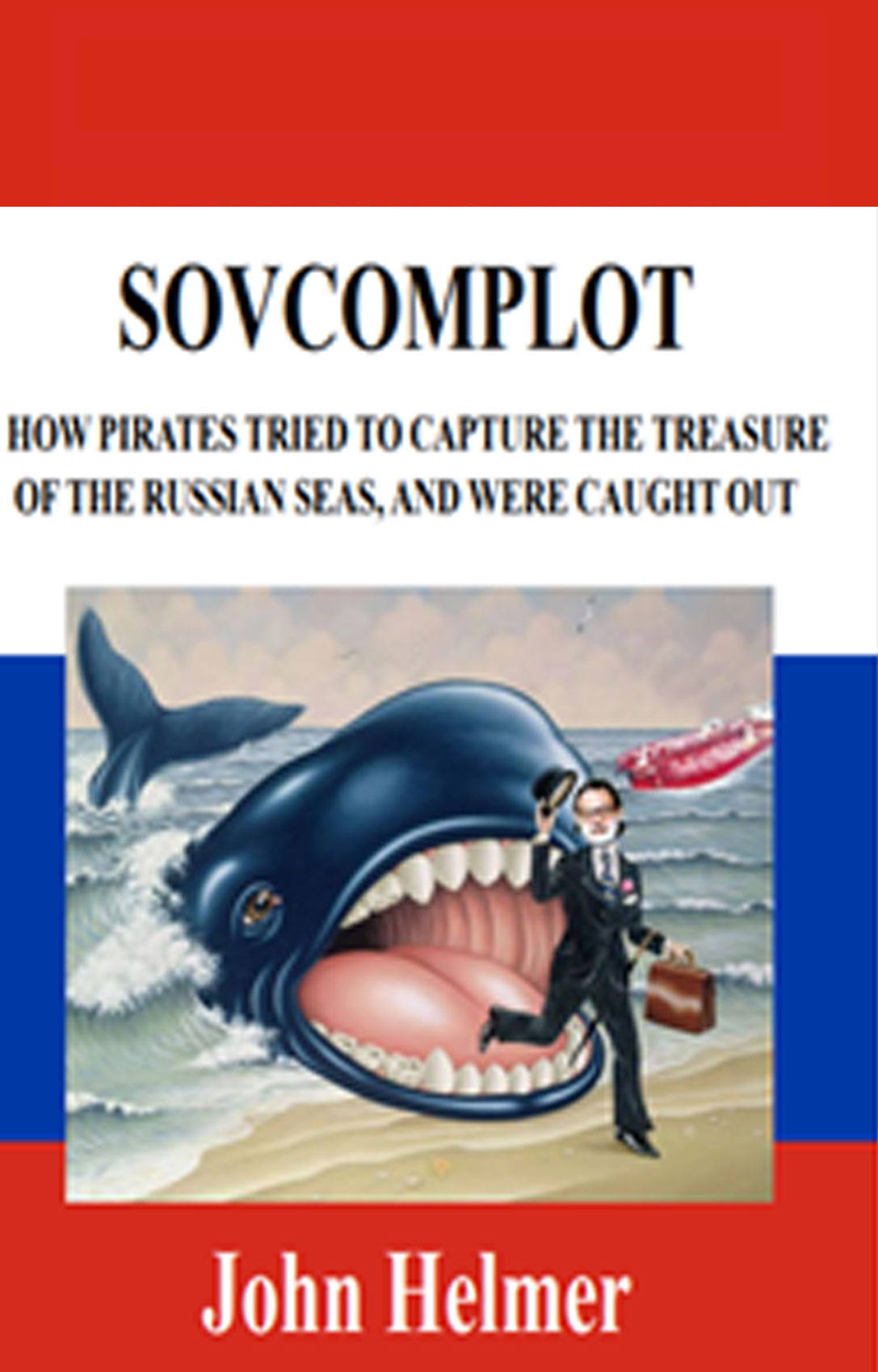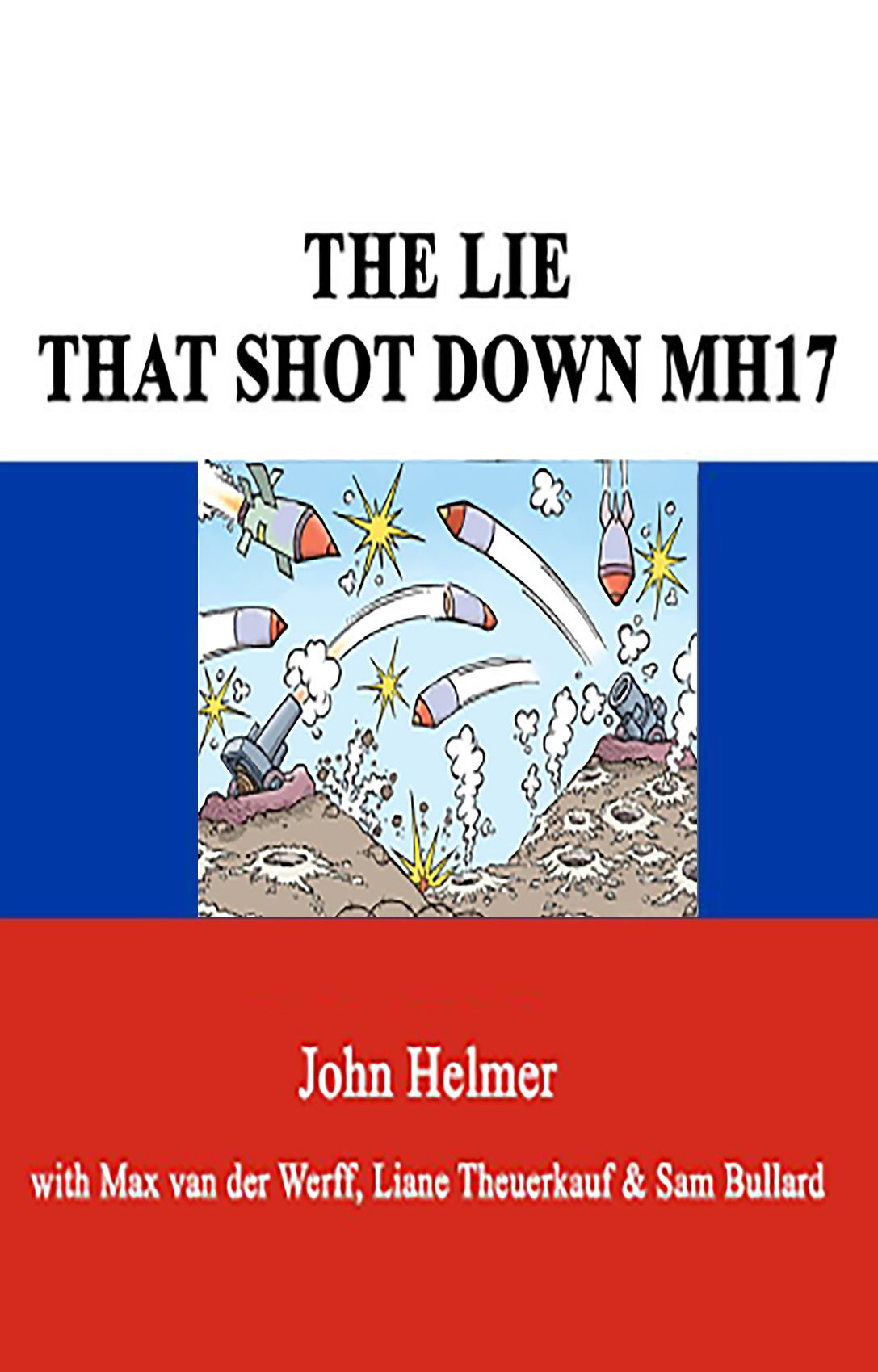COURT TO RULE ON DISCLOSURE OF TRANSFER PRICE OF RUSSIAN OIL
By John Helmer in Moscow
The Russian oil trading company Gunvor, controlled in Geneva by Gennady Timchenko, is facing margin uncertainties as the global oil price falls, and Russian producers respond to a profit squeeze of high taxes and rising costs.
Exactly what happens when a barrel of Urals crude moves from the wellhead into the international market, at what cost, and at what margin of profit, are three questions a recent Moscow court ruling suggests may only be disclosed if you hold 25% or more of the shares of the Russian oil company. And in the case of Rosneft, Russia’s leading producer and exporter, that is the state. A series of three lawsuits, including one to be heard in St. Petersburg next week, is seeking court-ordered disclosure of shipment volumes, wellhead oil prices, freight charges, and trade discounts allegedly granted to Gunvor last year by several exporters — Rosneft, Gazpromneft, and Surgutneftgas. According to company disclosures, the state owns 88% of Rosneft; 72% of Gazpromneft.
According to oil production results for June of this year, total Russian crude output was 9.8 million barrels per day (mbd). Rosneft led the majors with 2.3 mbd; Surgutneftgas produced 1.3 mbd (third in line behind TNK-BP); while Gazpromneft was in fifth place with 621,000 bd.
According to Rosneft, the state-owned lead producer and exporter, Gunvor has won a recent company tender for oil shipments over the next six months, starting October 1. Rosneft confirmed to Mineweb that Gunvor has been awarded a minimum of 3 million tonnes (115,000 bd) for loading out of Primorsk, on the Baltic Sea; and a minimum of 2 million tonnes (77,000 bd) out of Novorossiysk, the biggest oil outlet on the Black Sea.
Gunvor sources told Mineweb they believe the tender system is competitive and transparent. In a letter to a London newspaper, Timchenko said Gunvor’s rivalry with non-Russian traders, Glencore and Vitol, for the lion’s share of Russian oil exports is based on open price competitiveness. “Gunvor is what it seems,” Timchenko wrote, “when it comes to price — ask our rivals and study our record in open tenders. The truth is there for all to see.”
Industry sources told Mineweb it isn’t clear what oil volumes the tenders actually allocate for shipment. According to one, “there was nothing extraordinary in this [Rosneft] tender, compared to the previous one. It is very formal, with min-max parameters. But the scope is so big, it is impossible to understand the real volumes. The mechanisms they use are not clear.”
Gunvor also told Mineweb that contracts in Russia may have become overpriced, because major international oil companies put a premium on doing business with Rosneft. This, according to Gunvor, has inflated tender offers for oil, which Gunvor is reluctant to compete against.
In Moscow, a minority shareholder in Rosneft and two other oil producers, Alexei Navalny, has assembled 2-page court claims demanding that the exporters, who tender their oil for international trade by Gunvor, disclose what they are doing. He filed his first claim in the Moscow Arbitration Court on May 30, seeking a court order to Rosneft to release financial and trading data to determine whether discounting is taking place, along with what Navalny calls transfer pricing. On August 27, Judge Alexander Manyenkov ruled that Rosneft shareholders are entitled to all company information, except for accounting data. These data, ruled the judge, are restricted to shareholders with 25% or more shares in the company.
Navalny told Mineweb this is a “nonsense ruling. We cannot prove that there is transfer pricing when oil companies sell to Gunvor. But it is our allegation that there is transfer pricing. We request that the court order the financial details, so that all shareholders, including the government, can know where their profit is going.”
An identically worded lawsuit has been filed for disclosure by Surgutneftegas on June 11 in Moscow, but the court has yet to rule. The St. Petersburg action against Gazpromneft commenced with a filing on July 11.
After the Moscow court ruled to deny the claim against Rosneft last month, Navalny filed an appeal this month. No hearing for argument before the Arbitration Court, Russia’s highest civil court, has been set yet.
Navalny told Mineweb that he estimates that there is a discount below market price of between $8 and $10 per barrel on oil shipped and traded by Gunvor. Altogether, Navalny calculates that about 2.3 million barrels of oil are exported by the three oil companies each day. Exact figures for the volumes of oil Rosneft, Gazpromneft and Surgutneftgas sell through Gunvor are not available; they are part of what is being sought through the court applications.
Gunvor has told Mineweb that about one-third of seaborne Russian oil movements go through Gunvor, but that for an increase in volume, there are better opportunities outside Russia than inside Russia. When asked to respond to the lawsuit claims, Gunvor said that its “participation in tenders is transparent and open, with no advantages or favours over other market participants.” To suggest otherwise, Timchenko wrote in his published letter amounts to “inaccuracies and false claims…misleading ambiguity…conspiracy theory [and] unwarranted suggestions.”
At present, Gunvor says it has term contracts with all the major Russian oil producers, except for LUKoil, the second ranked Russian producer with 1.8 mbd. LUKoil, its spokesman explained to Mineweb, trades through its own Geneva-based trader, Litasco.
On 2007 estimates, Glencore reported revenues (including oil and non-oil trading) of $142 billion. Vitol says that in the same period it generated revenue of $100 billion; while Gunvor reported $43 billion. This year, Gunvor is projecting revenue of $70 billion.
Gunvor sources told Mineweb the company is also planning to increase its share of Russian crude exports moving by rail and river, and into tankers, which will load at the newest of the Baltic Sea terminals to be built — at Ust-Luga port, near St. Petersburg. The new terminal’s capacity will be more than 210,000 bd.











Leave a Reply